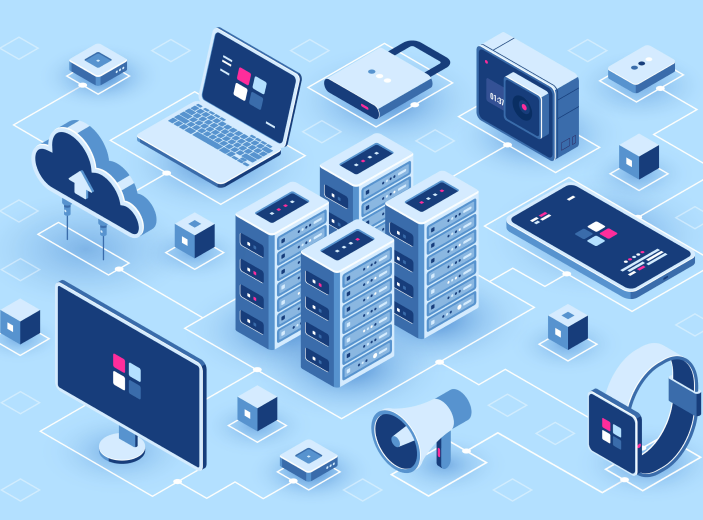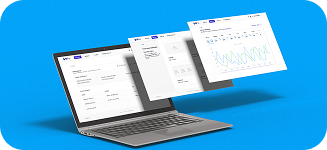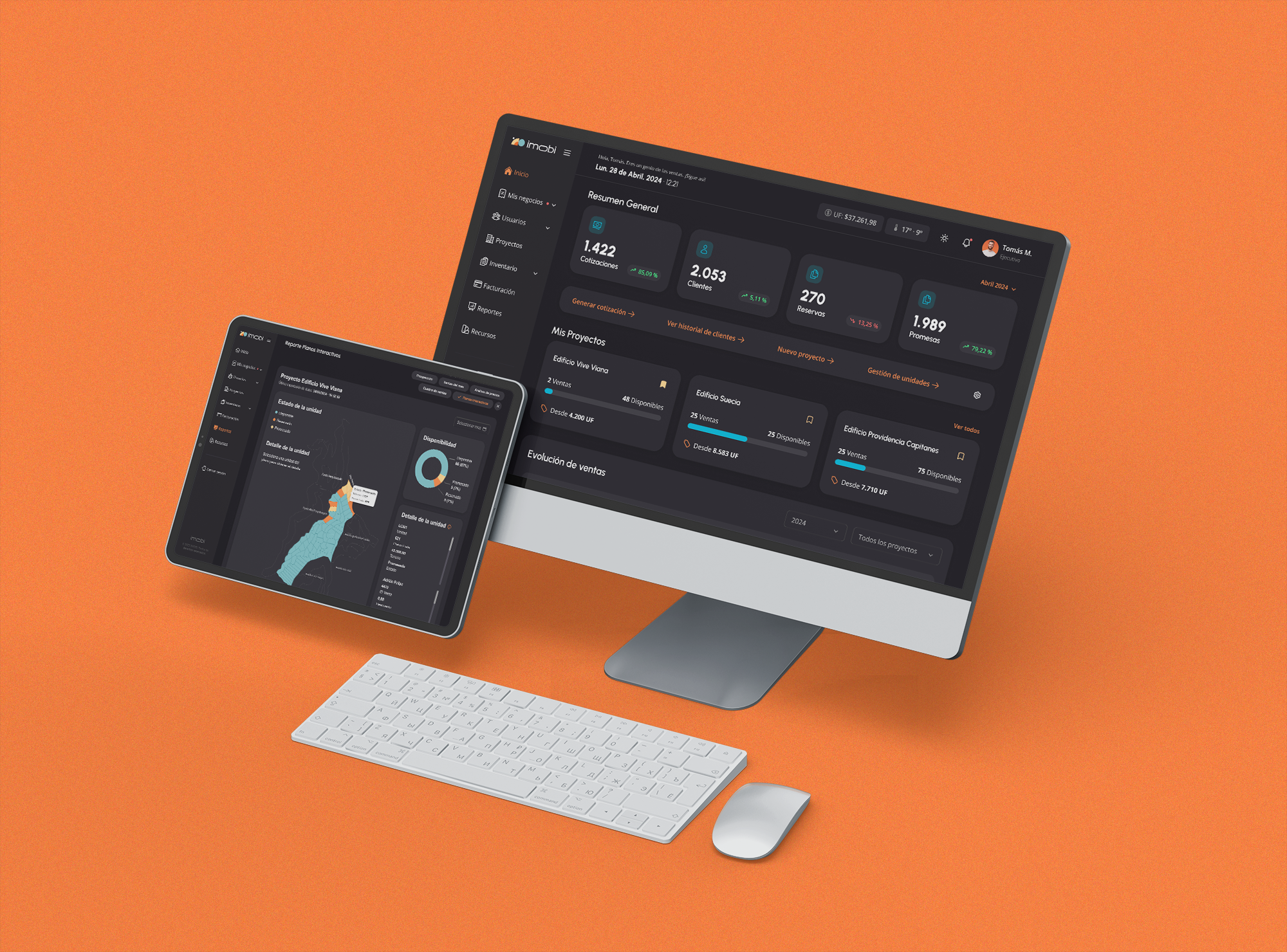Share this article
Optimizes collaboration between product management, design and engineering to create technology products with maximum value for customers.

By 2026, more than 80% of software providers will integrate GenAI into their products, and product managers will need to manage its disruption and identify its most valuable applications.
Some tips:
- Bases products on defensible and objective business information
- Increases productivity in creative design, business processes and low-code/no-code environments.
- It provides robust support for application development through the use of large linguistic model operations (LLMops) and GenAI.
Drives product success starting with product development
Product managers can influence the success of a product by defining the customer problem, collaborating with product teams on the solution and integrating design teams for an optimal customer experience.
Product managers do not usually manage new product development. However, they play a critical role in product success by discovering and defining customer problems and collaborating with development teams to find solutions that deliver optimal value to the customer. Clear definitions of customer problems, together with customer knowledge, enable better collaboration between the relevant teams involved in product design and development.
Given its importance, product managers at growing technology companies say they should spend most of their time discovering problems and validating solutions.
Discover problems or solutions with the greatest potential value for the customer:
There is no shortage of stakeholder opinions on the most important product features to offer. Validate or refute those opinions with data on customer needs and expectations.
Organizations must equip product managers with the data sources and analytical tools that make robust analysis possible:
- Evaluating current data sources to determine whether product managers are making the most of their current data sources and whether they need to obtain complementary data on current or emerging market dynamics.
- Evaluate analysis tools to find those that produce a material improvement in the way data is analyzed.
- Engage with customers and prospects through direct, unfiltered and regular interactions with customers and prospects. Do not rely solely on sales or customer success for customer feedback.
Increases clarity of solution definitions by including engineering, product owners, and user experience and design teams in customer feedback sessions. All of these functions are vital to translate the customer’s design and product requirements to the engineering team.
In addition to providing developers with a greater understanding of the business and problem context, product managers can also work with product owners to break requirements down into the smallest practical components, which has been shown to lead to better effort estimates, less rework and improved product quality. Another common good practice to reduce ambiguity is to specify the acceptance criteria for a function in the form of a pass/fail test. When combined with a more context-aware engineering team, these practices result in faster time-to-market of a higher quality and better tailored solution.
Prioritizing and evangelizing differentiation
Ensure that the company’s unique capabilities and product differentiation are prioritized and communicated to developers. One way to help convey differentiation to engineering teams is to contrast the unique capabilities prioritized in the product definition with more generic capabilities available from competitors.
Reinforce the importance of differentiation by sharing reviews or sales testimonials citing the company’s unique features as a winning factor.
Remember if you have an idea to develop in your business, we are here to help you. Reach out to us!













